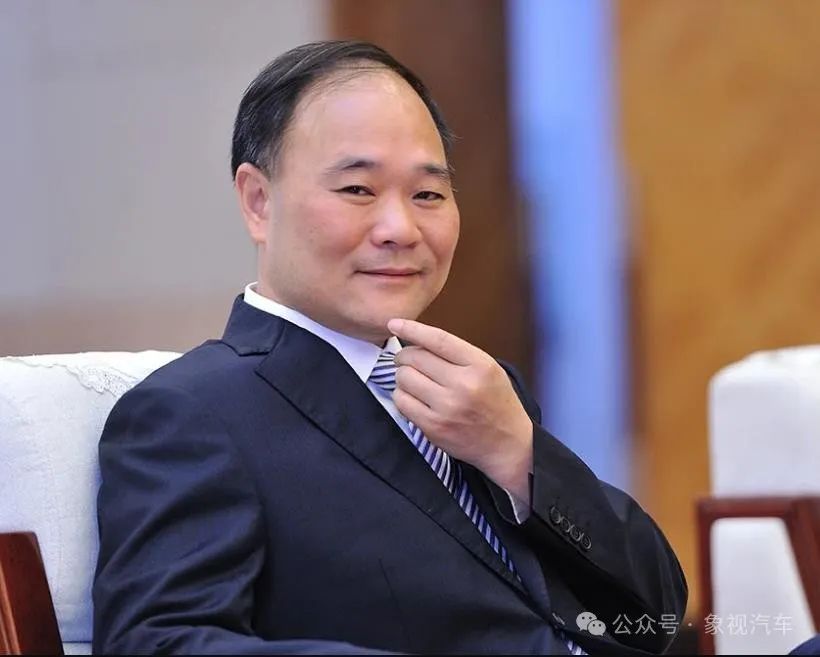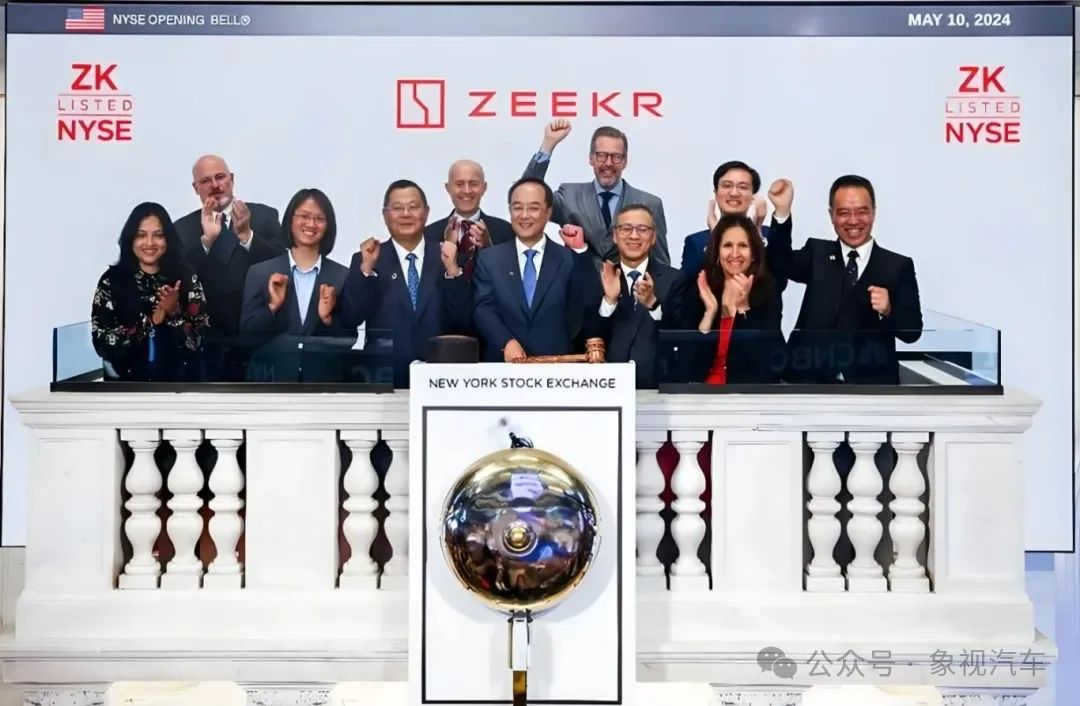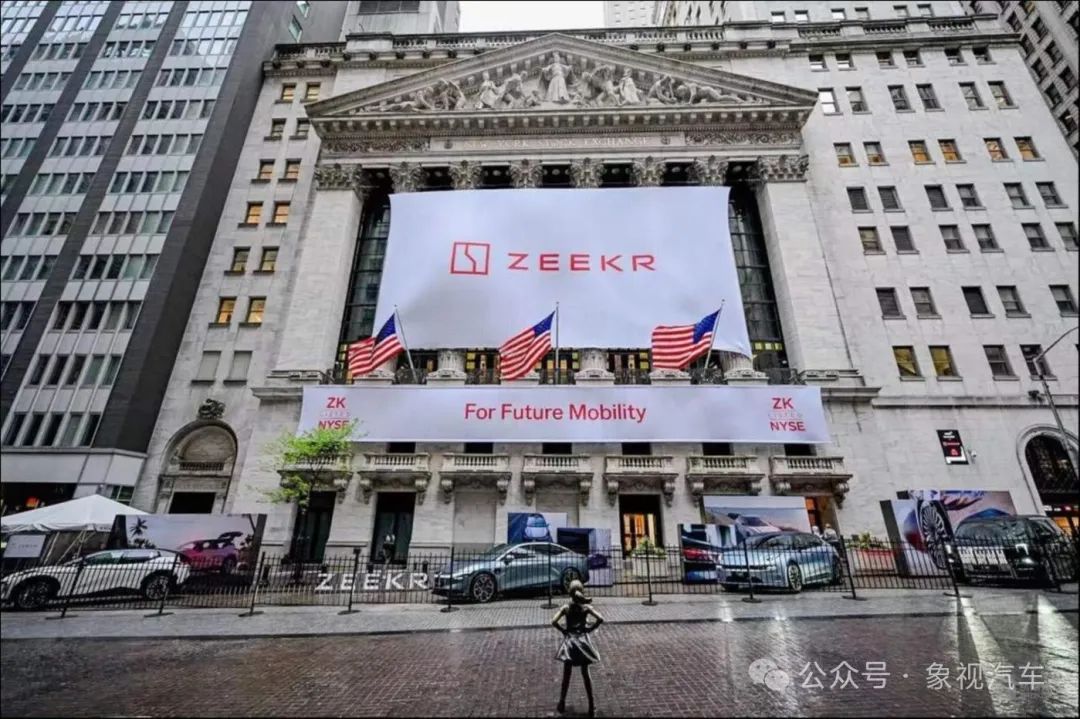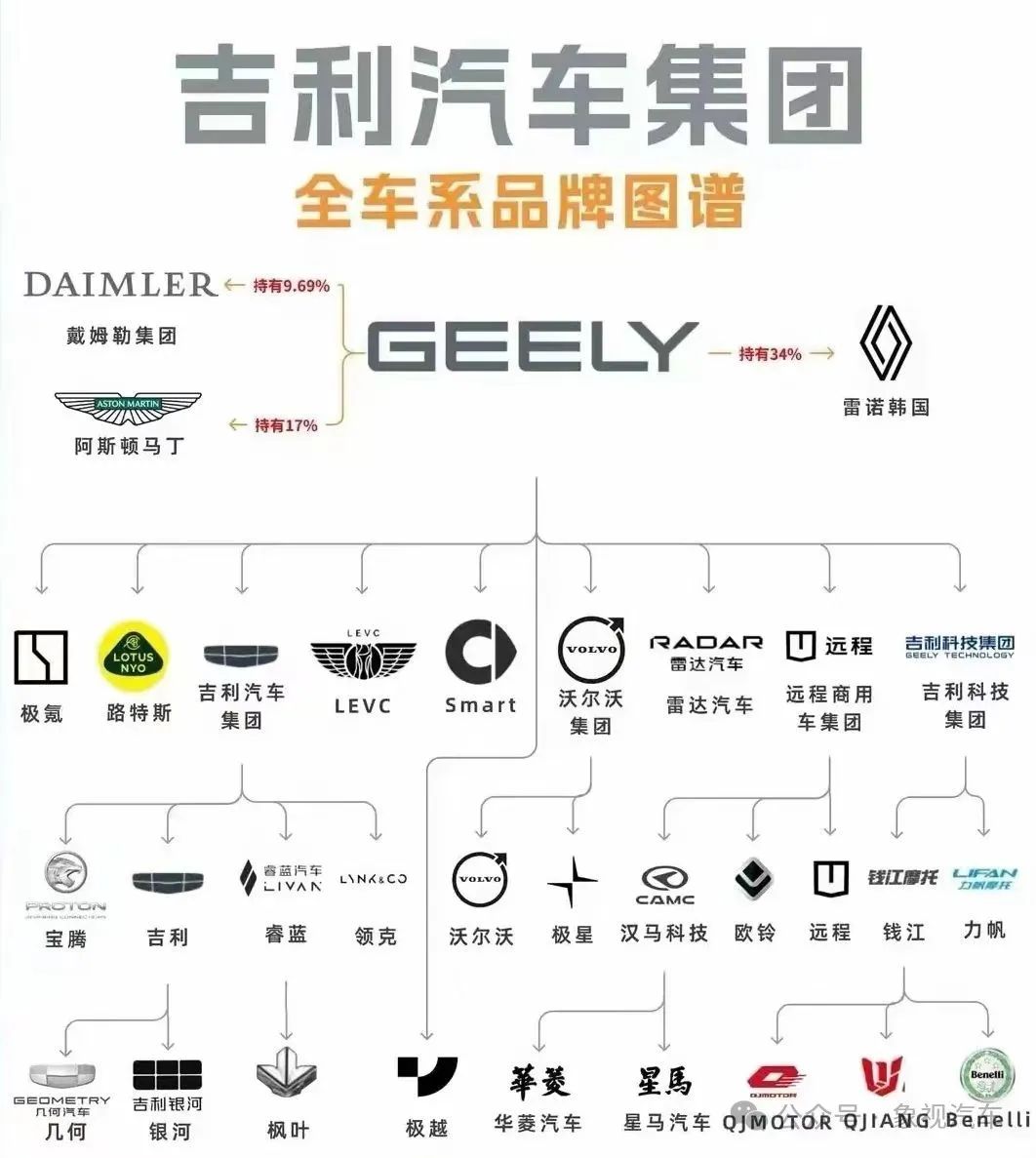Li Shufu Initiates a Strategic Shift: Geely Targets 5 Million Vehicles
![]() 05/13 2025
05/13 2025
![]() 579
579
On the global stage of new energy vehicle capital, the announcement of ZEEKR's delisting reverberates like a pebble dropped into a still pond, creating ripples of change.
Just as migratory birds navigate storms to return to their nests, ZEEKR's delisting is not a retreat but a meticulously planned "strategic migration" orchestrated by Li Shufu.
Amidst the rising walls of prejudice in the United States, Li Shufu has fired the opening salvo in the repatriation of Chinese stocks, unveiling Geely's "One Geely" nuclear fusion strategy, aiming to reach a new pinnacle of 5 million vehicles sold.

1. ZEEKR's Return to Geely
Perhaps no new energy brand has experienced a journey as tumultuous as ZEEKR's.
Initially, ZEEKR began as the Lynk & Co Electric Vehicle Division, with its inaugural model, the ZEEKR 001, originating from the Lynk & Co concept car, Lynk & Co ZERO. Later, ZEEKR spun off from Lynk & Co to operate independently.
In just three years, ZEEKR made a grand debut on the New York Stock Exchange last May, earning the title of "fastest IPO new force in the US stock market."
However, in November of last year, an unusual reverse merger took place as Lynk & Co merged with ZEEKR to form ZEEKR Technology Group.

Recently, significant news emerged that Geely Auto plans to acquire all issued shares of ZEEKR at a proposed price of $2.57 per share or $25.66 per American depositary share.
Currently, Geely Auto holds approximately 65.7% of ZEEKR's shares. Upon completion of the transaction, ZEEKR will fully integrate with Geely Auto, becoming a wholly-owned subsidiary following its privatization and delisting from the New York Stock Exchange.
From brand launch to IPO, ZEEKR's journey took 37 months; from listing to planned delisting, it spanned less than 12 months.
2. Li Shufu's Strategic Move
Discussions surrounding ZEEKR's swift exit from the US stock market are inextricably linked to current international events. ZEEKR's delisting and return to Geely coincide with heated debates about the repatriation of Chinese stocks.
Former US Treasury Secretary Janet Yellen previously proposed to "initiate the delisting process for Chinese stocks immediately," placing Chinese stocks under renewed pressure and scrutiny from the US.
Recently, Wu Qing, chairman of the China Securities Regulatory Commission, stated, "We will create conditions and support the return of high-quality Chinese stocks to mainland and Hong Kong markets."
Li Shufu, well-versed in the international landscape, led ZEEKR in initiating the first move in the repatriation of Chinese stocks.

Indeed, ZEEKR has struggled to thrive in the US stock market.
Firstly, the US stock market's perception of Chinese new energy brands remains non-mainstream. Despite ZEEKR's remarkable achievements in the new energy vehicle field, the US market still views it as an "ordinary Chinese automaker," hindering its ability to secure higher valuations and capital inflows.
Secondly, due to complex political and economic factors, the US Securities and Exchange Commission has continually intensified supervision over Chinese stocks, imposing stringent audit requirements and information disclosure standards that place significant pressure on Chinese stocks and introduce numerous uncertainties.
Given this environment, ZEEKR's earlier return is preferable to a delayed one.
3. Geely's Ambition for 5 Million Vehicles
Certainly, the aforementioned factors are external. The primary reason for the merger between ZEEKR and Geely lies in internal considerations.
Last September, Geely released the "Taizhou Declaration," where Li Shufu unveiled a groundbreaking strategy, focusing on strategic integration amidst an increasingly competitive market.
The Geely Empire embarked on a "brand consolidation spree," with Geometry merging into Galaxy, Yizhen and Radar falling under Geely Auto, and ZEEKR assimilating Lynk & Co...
It now appears that this grand consolidation is far from over. Following ZEEKR's delisting and return to Geely Auto, more significant moves within the Geely system are anticipated.

Prior to 2024, Geely was in a phase of massive expansion, managing nearly 20 automotive brands, which inevitably led to internal resource consumption and other issues.
After adopting the new "One Geely" strategy, Li Shufu has experienced the advantages and benefits of integration firsthand.
Reports indicate that the merger of Lynk & Co and ZEEKR brands alone is expected to reduce R&D investment by 10%-20%, decrease supply chain costs by 5%-8% due to economies of scale, and increase capacity utilization by 3%-5%.
With ZEEKR's return to Geely Auto, it can further promote deep integration and efficient coordination of internal resources, significantly enhancing market competitiveness.

Whether it's the collective repatriation of Chinese stocks triggered by Sino-US tensions or Li Shufu's strategic considerations based on his profound insights into the automotive industry, the Geely automotive empire is undergoing transformative strategic changes.
ZEEKR's delisting is not an endpoint but a new beginning. According to Geely Holding Group's plan, vehicle sales are projected to exceed 5 million by 2027.
In future competitions, the integrated Geely Group is expected to compete in the global new energy vehicle market with greater strength, helping the Chinese automotive industry make a crucial leap from "follower" to "leader."





